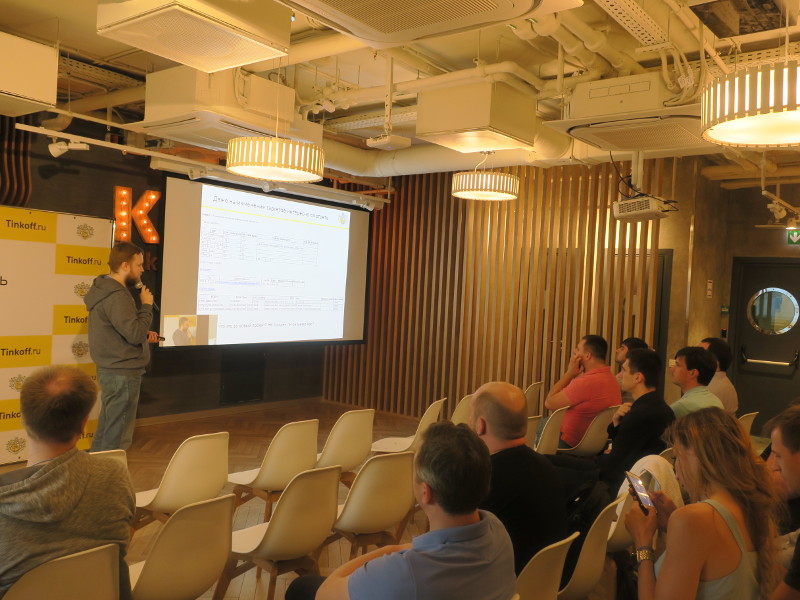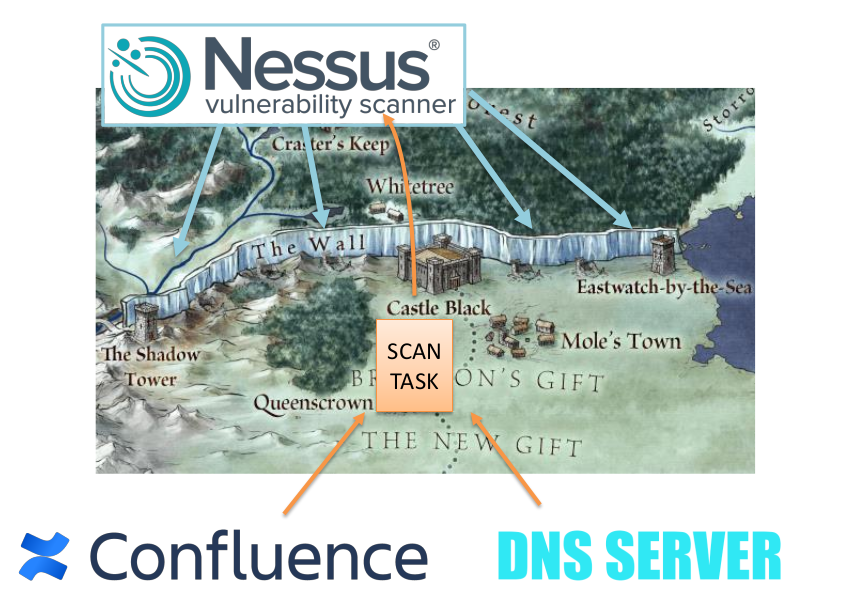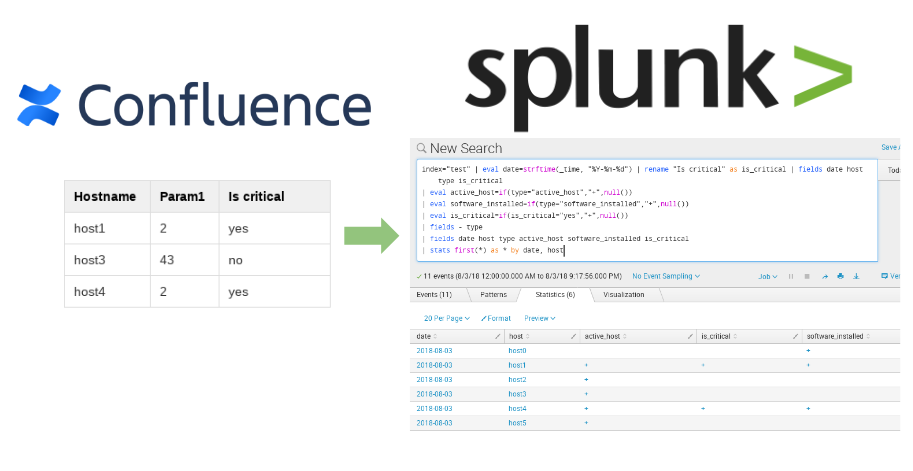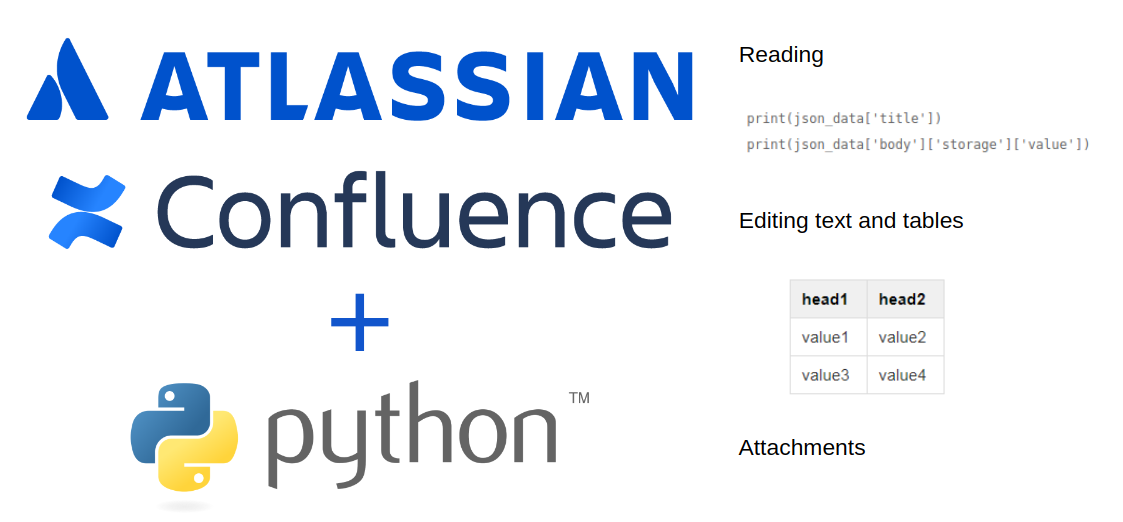November 2023 – January 2024: New Vulristics Features, 3 Months of Microsoft Patch Tuesdays and Linux Patch Wednesdays, Year 2023 in Review. Hello everyone! It has been 3 months since the last episode. I spent most of this time improving my Vulristics project. So in this episode, let’s take a look at what’s been done.
Alternative video link (for Russia): https://vk.com/video-149273431_456239139
Also, let’s take a look at the Microsoft Patch Tuesdays vulnerabilities, Linux Patch Wednesdays vulnerabilities and some other interesting vulnerabilities that have been released or updated in the last 3 months. Finally, I’d like to end this episode with a reflection on how my 2023 went and what I’d like to do in 2024.
Continue reading




